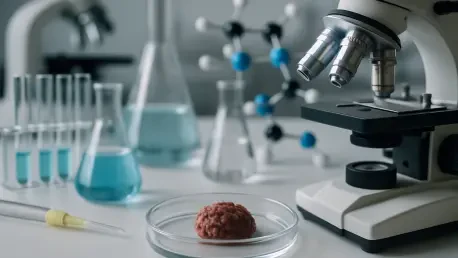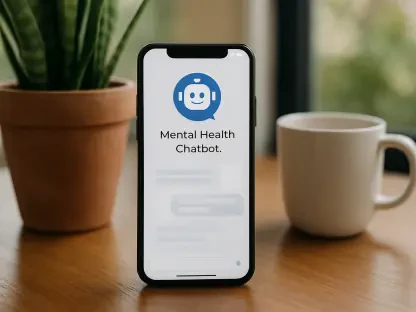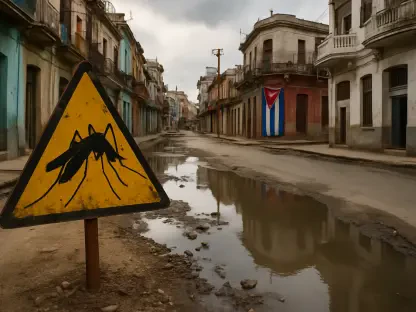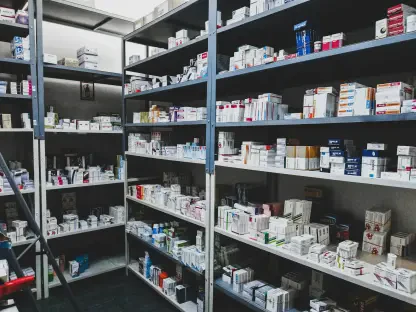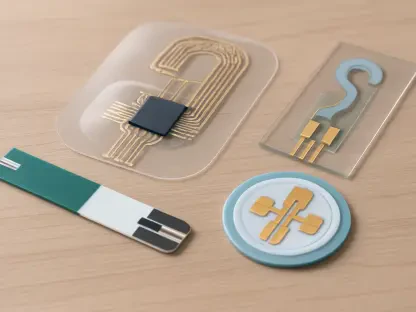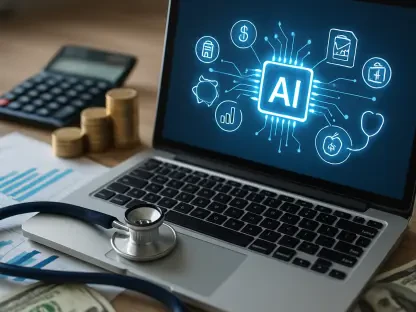Today, we’re speaking with James Maitland, a renowned expert in robotics and IoT applications in medicine, who brings a unique perspective to the intersection of technology and healthcare. With a deep passion for improving patient outcomes through innovation, James has been following the impactful work of volunteers advocating for cancer research and support. In this conversation, we dive into the significance of grassroots efforts like the American Cancer Society Cancer Action Network’s lobby day in Washington, D.C., the power of uniting across political divides for a common cause, and how technology might amplify these advocacy initiatives.
Can you share your thoughts on the importance of events like the lobby day in Washington, D.C., where volunteers push for cancer research and patient support?
I think these events are absolutely critical. They give a human face to the statistics we often hear about cancer. When hundreds of volunteers from all walks of life come together to share their stories with lawmakers, it’s a powerful reminder of why funding and policy changes matter. It’s not just about numbers; it’s about lives. Beyond that, these gatherings create a sense of community and shared purpose, which can drive real change in healthcare priorities.
How do you see technology, especially robotics and IoT, playing a role in supporting the goals of cancer advocacy groups like this one?
Technology has immense potential to support these goals. For instance, IoT devices can help with remote patient monitoring, allowing cancer patients to stay connected with their care teams without frequent hospital visits. Robotics can assist in precision surgeries, reducing recovery times and improving outcomes. Additionally, data collected through these technologies can provide insights for research, helping to identify trends or gaps in care that advocates can bring to lawmakers’ attention. It’s about creating a bridge between patient needs and cutting-edge solutions.
What strikes you most about volunteers coming together across political differences to focus on a shared cause like cancer support?
It’s incredibly inspiring. Cancer doesn’t discriminate based on political affiliation, and seeing people set aside their differences to focus on a universal issue like this shows the best of humanity. It’s a reminder that at our core, we all want the same things—health, safety, and hope for our loved ones. This kind of unity can be a model for other areas of policy where division often overshadows progress. It’s a testament to the power of a common enemy like cancer to bring people together.
From your perspective, how can personal stories shared by volunteers impact policy decisions around cancer research and healthcare?
Personal stories are often more impactful than any data point or statistic. They create an emotional connection that can sway even the most hardline policymakers. When a volunteer shares how cancer has touched their life—whether through their own battle or a loved one’s—it humanizes the issue. Lawmakers are more likely to remember a heartfelt story than a spreadsheet. These narratives can push for increased funding or better access to care by making the need real and urgent in a way that abstract arguments can’t.
Looking at the challenges volunteers face, like budget impasses or political resistance, how can technology help bridge some of these gaps in advocacy efforts?
Technology can be a game-changer here. For example, virtual platforms powered by IoT can enable volunteers to connect with lawmakers remotely, especially when physical events are disrupted by politics or other barriers. Data analytics can also help advocacy groups target their efforts more effectively by identifying which regions or demographics need the most support. Even something as simple as wearable devices for patients can provide real-time data to back up the need for policy changes, giving advocates hard evidence to present. It’s about amplifying their voice through innovation.
What is your forecast for the future of cancer advocacy and how technology might shape it in the coming years?
I’m optimistic about the future of cancer advocacy, especially with technology evolving at such a rapid pace. I foresee a time when advocacy will be even more data-driven, with real-time health data from IoT devices providing undeniable evidence for policy needs. Robotics will continue to revolutionize treatment, making outcomes better and giving advocates more success stories to share. I also think virtual reality could play a role, allowing lawmakers to “experience” a patient’s journey in a more immersive way. If we combine these tools with the passion of volunteers, I believe we’ll see significant strides in cancer care and research funding over the next decade.
